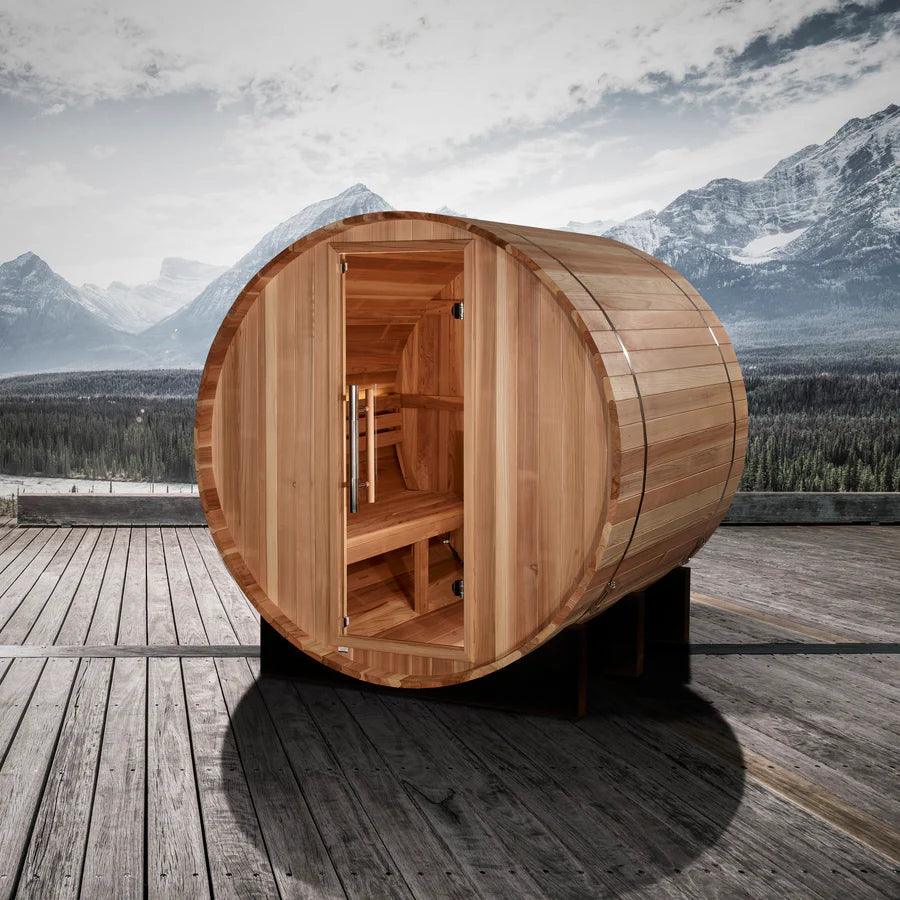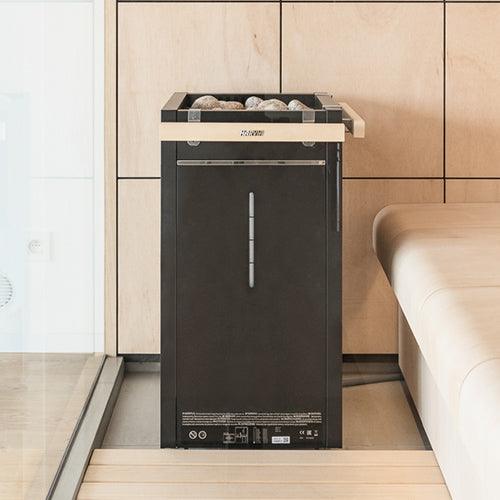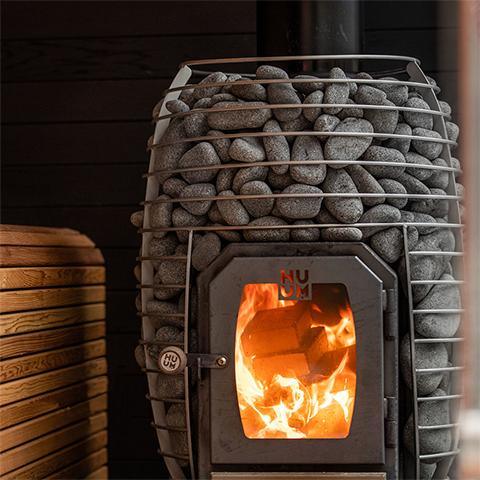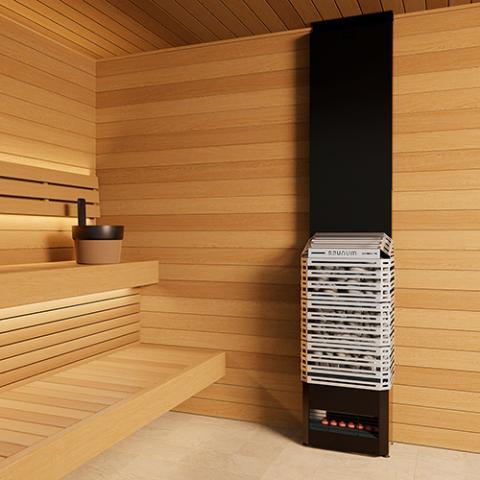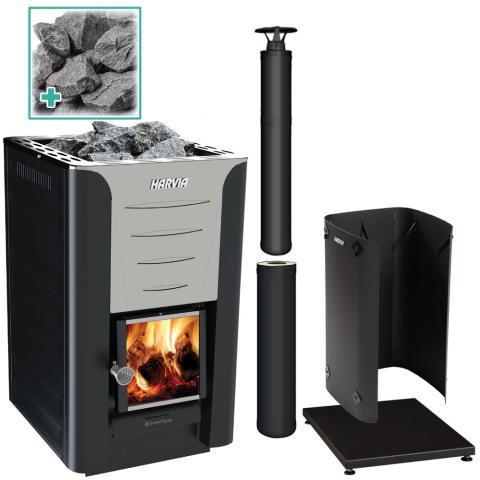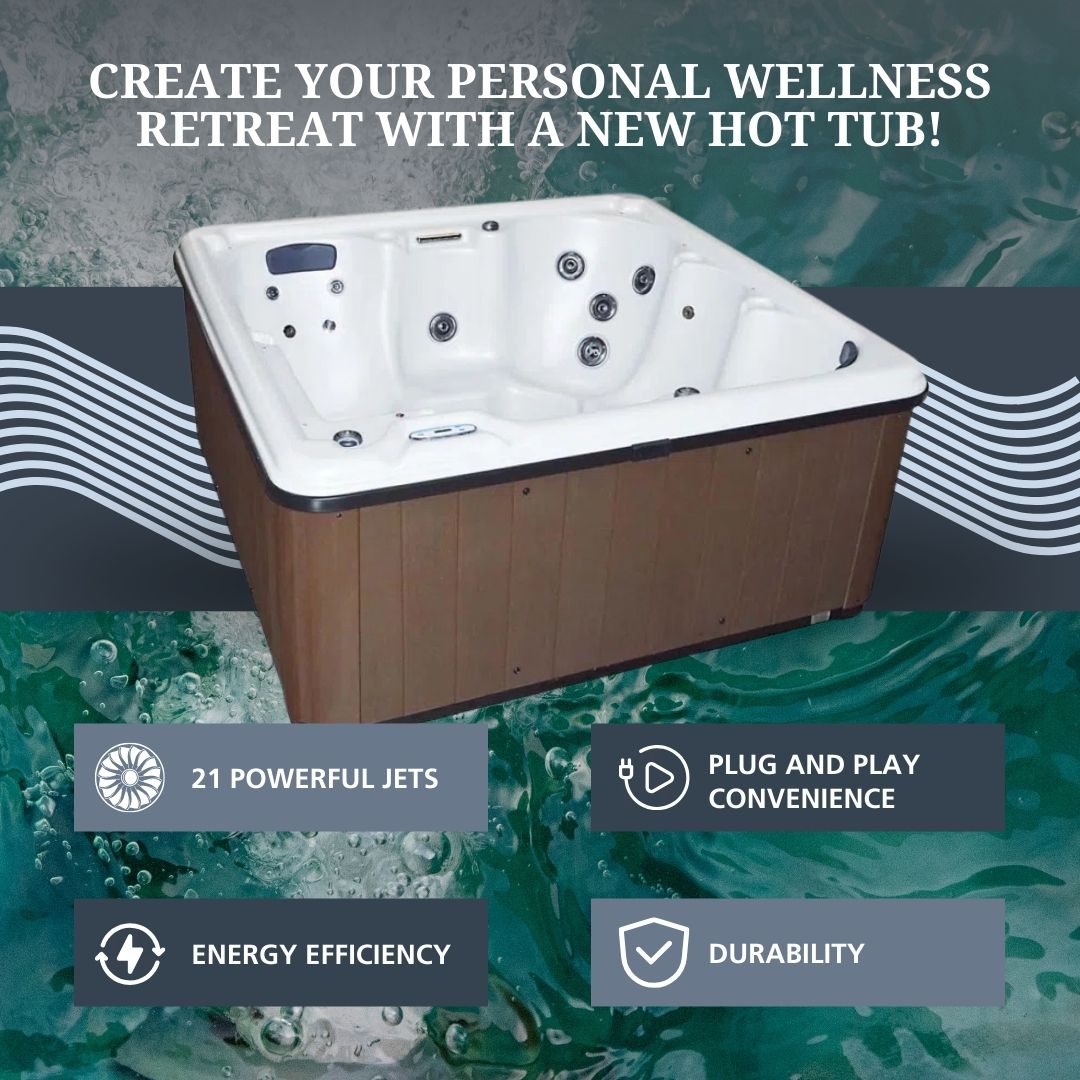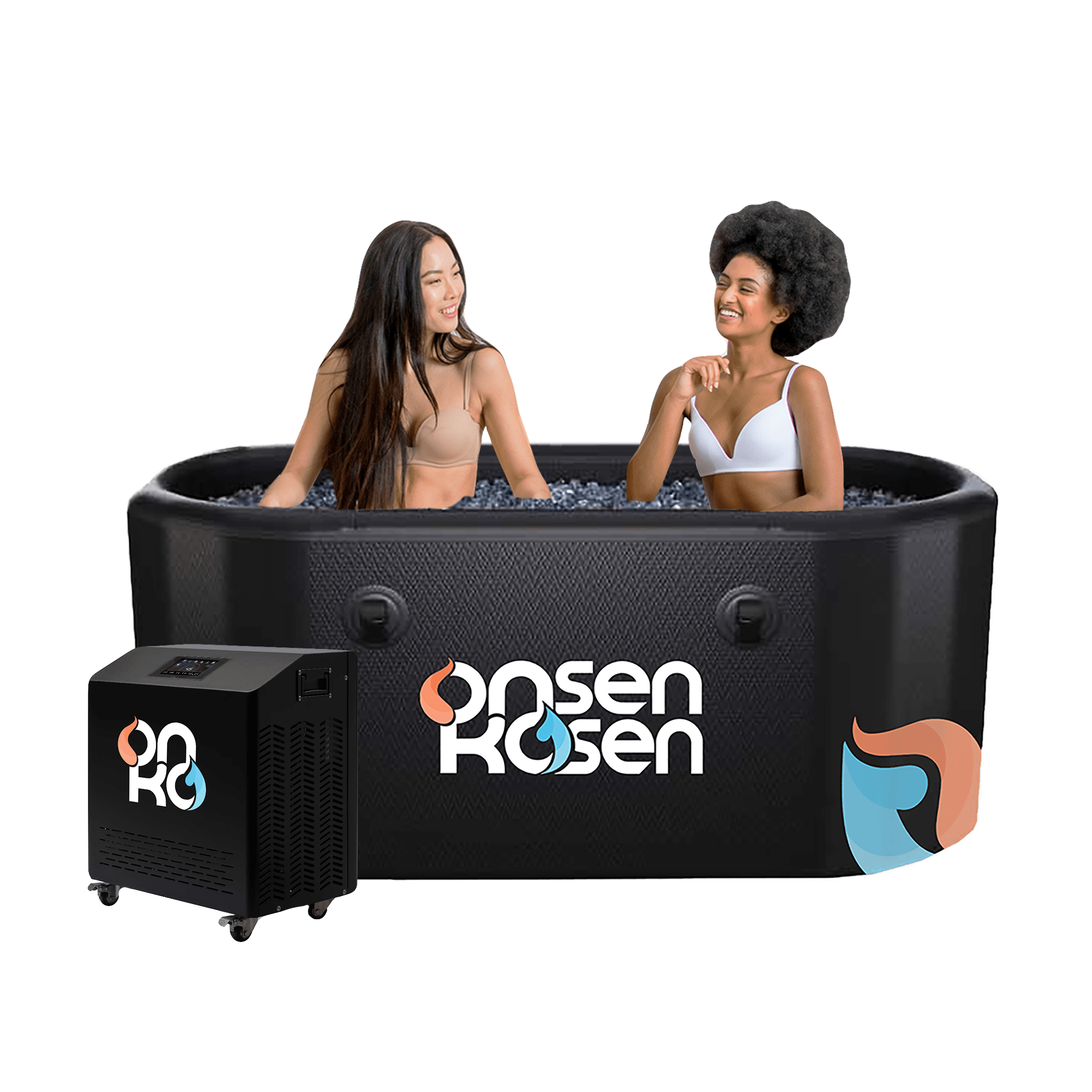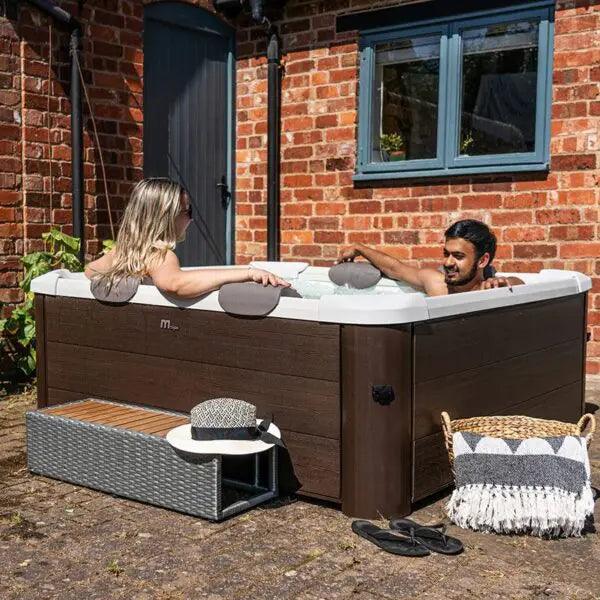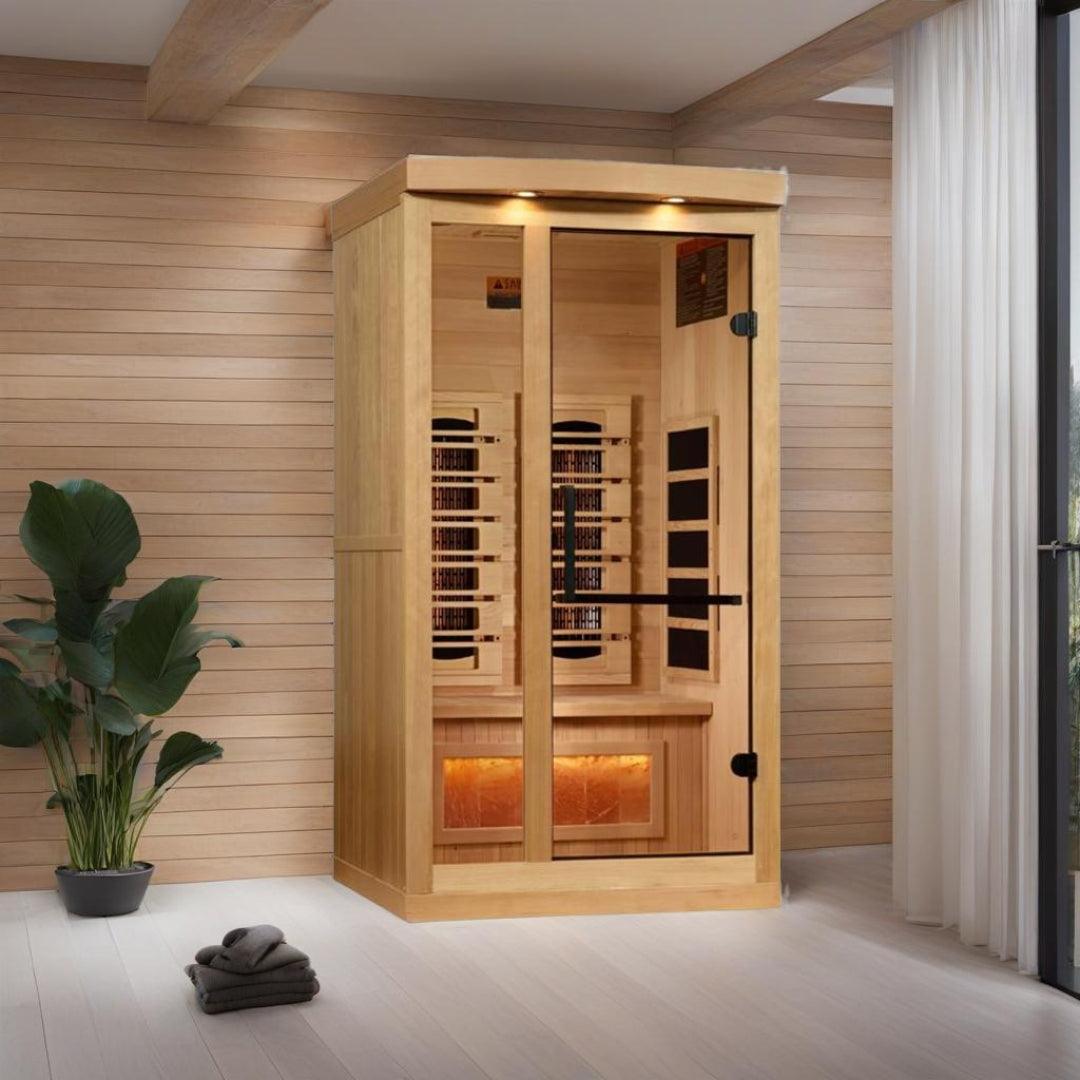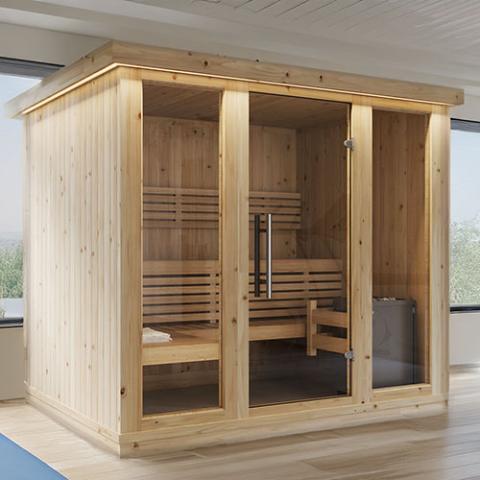The Pure Sauna is now knows as SplashBlaze
People have used saunas for centuries to improve their health and wellness. Aside from recreating a fantastic spa experience, using a sauna offers many benefits, such as stress relief, detoxification, better sleep, and more. That’s why it’s no surprise that it has become more popular today. But crowded saunas mean long waits and limited access to these benefits.
If you want a sauna at home but don’t know which type is best, you’re in the right place. This article lists and discusses the different types of saunas. Moreover, this will explain what makes them unique to help you identify them in the market. Lastly, it outlines how to choose the right type for you and your needs.
5 Different Types of Sauna for Your Home
Saunas are highly beneficial for the body. If you’re considering a sauna for your home, you can choose between indoor or outdoor saunas. Depending on your preferences and space availability, you can get and install a sauna inside your home or in your backyard.
Specifically, there are five sauna types available:
Traditional Finnish Sauna

This is the first type of sauna used centuries ago and is still used until now. A Finnish sauna originated from Finland and it uses heat, wood, stone, and water. They’re recognizable by the traditional birch-paneled walls. They also are considered a traditional type of steam bath, especially in the Finnish and Estonian cultures.
This type uses or burns wood inside a sauna stove to generate heat. Rocks are also placed on top of it to create humidity when exposed to water. This way, you can enjoy a sauna bath with or without steam.
Temperatures inside can reach up to 195 degrees Fahrenheit, but many keep it around 180 degrees only. Although it’s often categorized as either a dry sauna or a smoke sauna, a traditional Finnish sauna is a traditional type of wood-burning sauna.
Recognizable Unique Features
- Uses wood burning to produce heat
- Produces smoke
- Uses water and heated rocks to produce steam
- Has a sauna stove inside
Infrared Sauna

The infrared sauna represents a cutting-edge evolution in sauna technology. Instead of traditional methods, it harnesses infrared technology to employ heaters or light rays. This may include far-infrared, near-infrared, or even both, to directly warm the body.
What sets the infrared sauna apart is its ability to penetrate the skin up to several inches deep. This induces more profuse sweating and an elevated heart rate while maintaining a comfortably lower ambient temperature compared to conventional saunas. This combination of effective heating and a more pleasant atmosphere makes the infrared sauna a popular choice for those seeking rejuvenation and relaxation.
Recognizable Unique Features
- Doesn’t produce steam
- Directly heats the body inside out
- Uses infrared lights
- Lower heating temperatures
Steam Sauna

Evolving the traditional Finnish sauna, one of the most common types of sauna now is a steam sauna. It’s sometimes called a traditional sauna because the Finnish sauna, which is the oldest type, uses steam. A steam sauna uses humidity, moisture, and steam to offer an incredible sauna experience. It also provides a higher range of heat temperatures for users.
It usually uses electric heaters to heat the inside of the sauna by boiling water to release the steam. Because it uses ‘wet heat,’ many steam saunas use types of wood that can withstand moisture and humidity. In terms of health benefits, they’re known for helping open up airways to alleviate congestion and improve respiratory strength.
Recognizable Unique Features
- Produces steam
- Uses wet heat so there’s moisture inside
- High humidity inside
- Usually uses electric heaters
Dry Sauna

Many people confuse steam saunas and dry saunas, mainly because they usually use electric heaters to heat the space. However, unlike a steam sauna that uses steam or wet heat, dry saunas use dry heat.
A dry sauna has very low humidity but high temperature inside the space. It uses the wood materials inside the sauna to provide steady heat to the user. Most sauna users and enthusiasts prefer dry saunas over steam saunas because you’re not in a fog of steam. However, it’s important to remember that the wood may become uncomfortably hot to the touch, so using clean towels while inside is essential.
Recognizable Unique Features
- No steam
- Uses dry heat
- Wood materials inside can get incredibly hot to touch
- No moisture inside
Portable Sauna

The other types use permanent spaces inside or outside a house. They’re also ideal if more than one person will use the sauna. But, if you want a sauna for a single user and one you can use wherever you like, a portable type is the best way to go.
Portable saunas are collapsible saunas you can take with you wherever you go. You can use it while watching TV or when you’re traveling. Regarding heating options, portable saunas can use infrared heat or steam. Most of them look like tents or blankets that you wrap around or zip up your body to the shoulders or neck for a customizable sauna experience.
Recognizable Unique Features
- Portable and can be brought and used anywhere
- Can use steam or infrared
- For one-person use only
How to Choose the Right Type for You
Since there are many different sauna options, choosing one may take a lot of work. Ultimately, it’s ideal to consider your needs and personal preferences. Below are some factors and questions to consider:
Health Concerns: Do you have any health issues that would make one sauna type more suitable than the other?
Heat Preferences: Do you prefer dry or wet/humid heat?
Style: What kind of look do you want for your sauna? A traditional or modern look?
Space: How much space do you have space for a sauna.
By answering these questions, you’d be able to narrow down your choices to the right sauna. Remember, a sauna can be costly so you don’t want to spend money on something that doesn’t suit your needs and preferences.
Conclusion
Saunas have come a long way ever since their history started centuries ago. You can now find many types of saunas in the market: mainly Finnish, steam, infrared, dry, and portable saunas. They have their own unique features that may make it difficult to choose one. To help you decide, make sure to consider your health, space, heat, and style preferences.
If you want to look at some options, check out our massive sauna collection. We offer different types of indoor and outdoor saunas for different needs.

